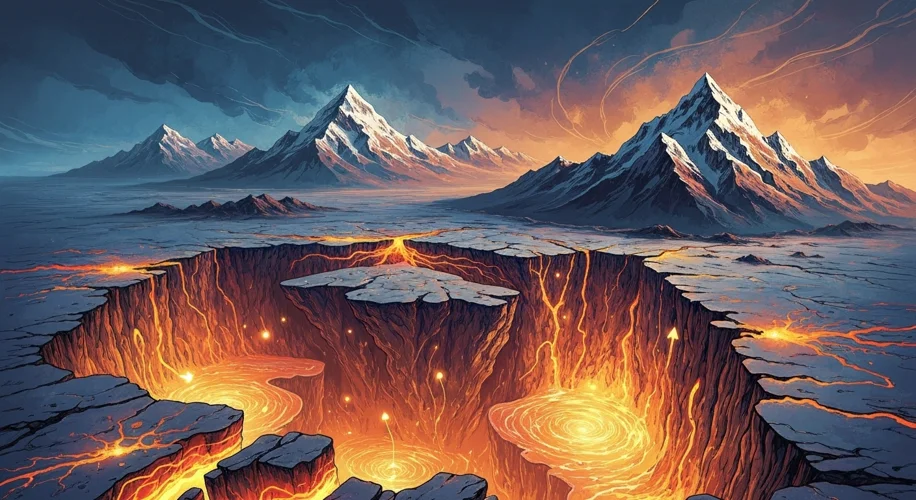Did you know that the towering Himalayas, a symbol of Earth’s immense power, might be hiding a geological secret that challenges a century-old scientific idea? New modeling suggests that our understanding of how these colossal mountains formed might need a rethink.
For over 100 years, scientists have largely followed a theory explaining the Himalayas’ rise. It centers on the massive collision between the Indian and Eurasian tectonic plates. This immense pressure, over millions of years, is thought to have pushed the Earth’s crust upwards, creating the incredible peaks we see today.
Think of it like two massive rugs being pushed together. The fabric buckles and folds, creating mountains. In geology, this is called the theory of continental collision.
But science is always evolving, and new data and advanced modeling techniques are giving us a clearer picture of complex processes. Recently, researchers have been looking at this collision with fresh eyes, using sophisticated computer simulations. These models take into account factors like the complex layers of the Earth’s crust, the strength of the rocks involved, and the long-term behavior of these massive plates.
What they found is intriguing. The new modeling suggests that the way these plates have interacted, and the subsequent uplift of the Himalayas, might be more complex than the 100-year-old theory accounts for. It’s possible that the initial assumptions about how the crust deformed under such immense pressure were a bit too simple.
For example, the models might be showing that certain layers of rock behaved differently, or that the forces at play were distributed in a way that wasn’t fully captured by earlier ideas. This doesn’t necessarily mean the core idea of plate collision is wrong, but it could refine our understanding of the how and why behind the Himalayas’ dramatic shape.
It’s a fascinating example of how science works. We build theories based on the best evidence available at the time. Then, as our tools and knowledge advance, we can test those theories again, sometimes discovering nuances or even entirely new perspectives.
This kind of research is crucial. Understanding these massive geological processes helps us better predict seismic activity, understand how mountain ranges influence climate, and appreciate the dynamic nature of our planet. It’s a reminder that even seemingly solid scientific understanding is always open to new discoveries.

